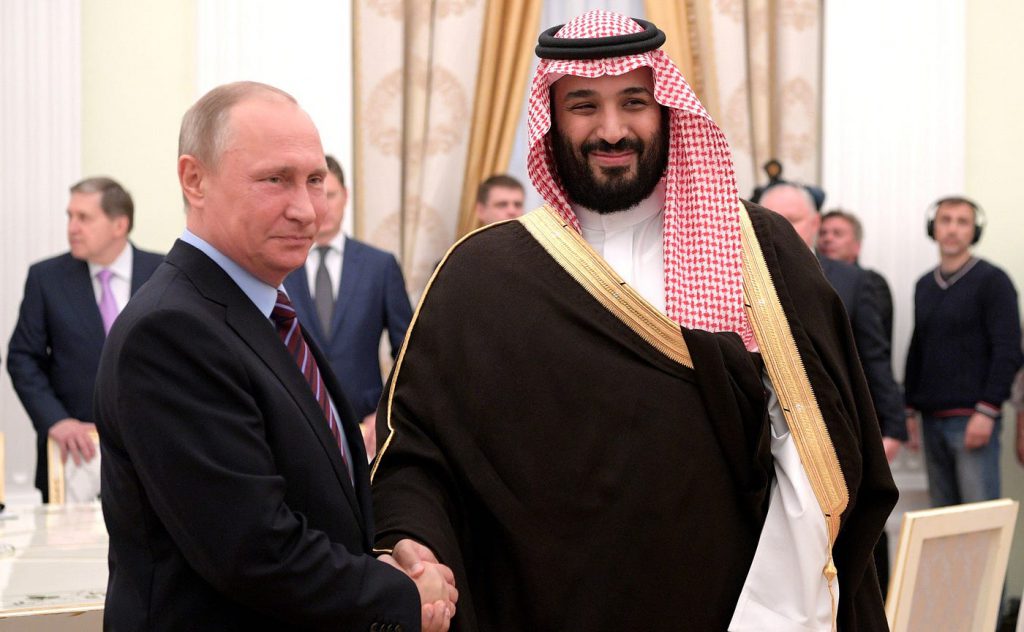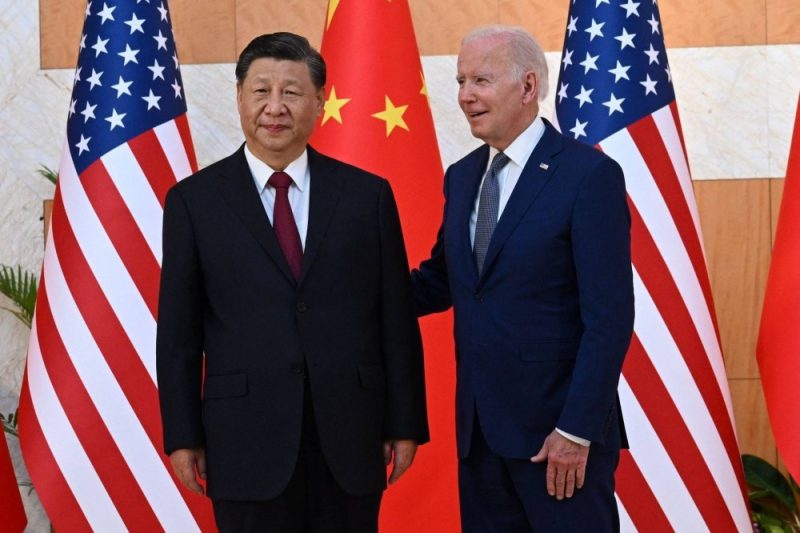In what is certainly a sign of a shifting of power internationally, the BRICS economic alliance has passed the G7 nations in global GDP (PPP) to become more powerful in 2023. Indeed, data shows that the BRICS blocs now hold 32% of the world’s GDP, while the United States-led G7 comprises 30%.
The development is a sign of the multipolarity that the BRICS alliance has worked to establish throughout the year. Moreover, the expansion announced at its 2023 Annual Summit certainly widened those figures. Specifically, Saudi Arabia, the United Arab Emirates (UAE), Iran, Egypt, and Ethiopia are set to join the growing alliance.


Also Read: Ethiopia Gets a Difficult Start in BRICS
BRICS Bloc Surpasses G7 in GDP In Sign of Shifting Global Power Balance
There is little argument to be made about the growing prevalence of the BRICS alliance in 2023. The bloc expanded its ranks for the first time in its history, inviting six countries to join its collective. Moreover, its de-dollarization plans found renewed footing this year. Subsequently, it has seen its local currency usage increase in global trade.
That progression culminated in a moment that is a true showcase of the alliance’s ascension. Indeed, the BRICS bloc has surpassed the G7 nations in Global GDP (PPP) to become more economically powerful in 2023. Specifically, the alliance saw it surpass the global total, reaching 32% at the close of the year.
Also Read: BRICS: China’s Economy Grew 5% in 2023
Indeed, UK-based research firm Acorn Macro Consulting analyst Richard Dias shared a chart showing the GDP Disparity. Moreover, the chart notes that the gap between both blocs should continue to widen in the coming years. Especially with the recent expansion effort, and the revelation that such efforts should continue in the coming years.
Additionally, the United States is also no longer the world’s largest economy as of 2014. Indeed, it was surpassed by China according to the International Monetary Fund (IMF). Specifically, they observe China’s GDP (PPP) at a world-leading $30 trillion. Alternatively, the US is second with a $25 trillion mark.
2024 should be an important moment for the alliance to continue expanding those differences. Indeed, the five incoming countries present economic benefits to the increasingly prominent alliance. Subsequently, the G7 does not appear to have a clear path to reclaim the top GDP spot on a global basis.





